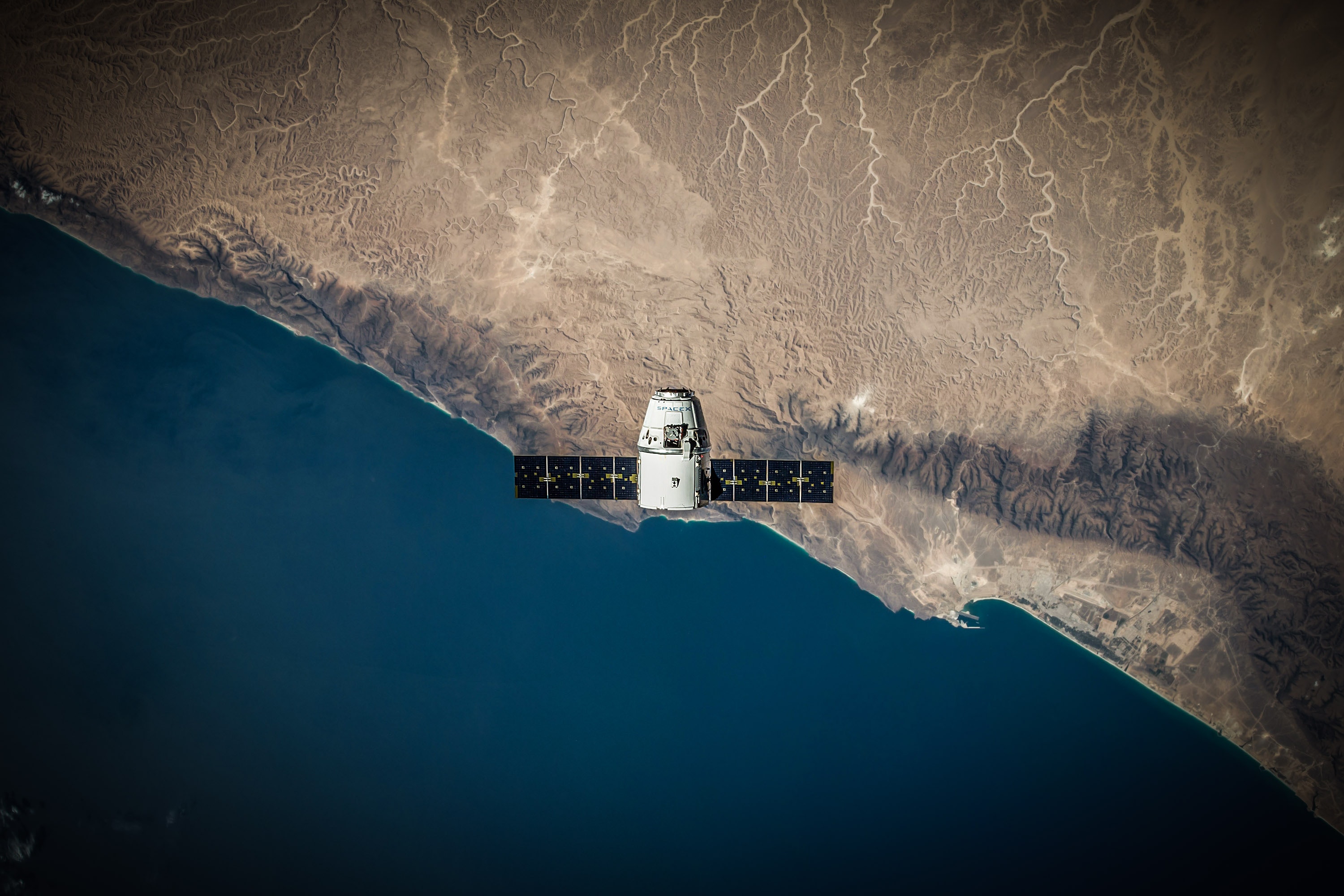On December 9, 2023, at 7:39 a.m. Beijing time, the Zhuque-2 Y3 rocket soared into the skies from the Jiuquan Satellite Launch Center in China, marking the third flight of the Zhuque-2 launch vehicle.
Developed independently by LandSpace, a Chinese commercial aerospace company, Zhuque-2 stands as China’s first medium-sized rocket utilizing liquid oxygen and methane as propellants. Targeting a sun-synchronous orbit at an altitude of 460 kilometers with a takeoff mass of 220 tons (excluding the payload) and a liftoff thrust of 268 tons, the Zhuque-2 Y3 rocket effectively delivered the payload into its designated orbit, accomplishing its mission.
The rocket carried three satellites in this mission: the Honghu satellite developed by Tianyi Research Institute, the Tianyi-33 satellite jointly developed by Tianyi Research Institute and Hunan University of Science and Technology, and the Honghu-2 satellite developed by Hongqi Technology. These satellites have been launched to support scientific experiments related to communication payloads, power payloads, and remote sensing payloads.
This successful flight signifies a significant step forward, indicating that commercial rockets using liquid oxygen and methane as fuel are stable and can potentially progress toward becoming a regular part of commercial space activities. However, more work remains before private aerospace companies can fully integrate such rockets into commercial operations after overcoming the initial technological challenges.
Affirming the viability of methane as a propellant
In July this year, LandSpace successfully launched the world’s first methane-liquid rocket, Zhuque-2 Y2, putting China ahead of its US rivals. This milestone followed a failed attempt to launch the Y1 in December 2022.
Leveraging the flight test data from the Y1 and Y2 rockets, the Y3 rocket underwent adjustments and improvements in its design. These changes addressed specific design issues identified during previous flights, such as rectifying a problem where the second-stage engine in the Y1 rocket experienced unexpected shutdowns. Extensive ground tests and improvement measures were also conducted to address weaknesses in the Zhuque-2 rocket’s design.
One of the key improvements of the Y3 rocket lies in its enhanced payload capacity. Following the latest launch, future versions are expected to be capable of reaching a 500-kilometer sun-synchronous orbit while handling payloads of up to 4 tons, able to deploy satellites in near-Earth orbits and launch space transport spacecraft.

The successful launch using liquid oxygen and methane as fuel is not only a technical breakthrough but also crucial for affirming its stability when utilized for commercial rockets. Furthermore, liquid oxygen and methane, when burned, produce water and carbon dioxide, making them conducive to rocket reusability—a key trend in modern space exploration.
A long road ahead to commercialization
“The successful launch of Y3 means that Zhuque-2 is now considered mature and reliable, and we can push it to the market. Next, we need to achieve commercial closure,” Zhang Changwu, CEO of LandSpace, told 36Kr. The next step is to continue advancing the commercialization of liquid oxygen and methane rockets.
LandSpace also revealed its launch plans for the coming years. In 2024, three rocket launches are planned, followed by an estimated six launches in 2025 and 12 in 2026, representing a doubling of growth annually.
Despite the latest milestone, there are still significant challenges that are critical to address in building the economy of space. Launch vehicles need to become more affordable, and payload capacities have to be significantly increased.
LandSpace plans to significantly increase Zhuque-2’s payload by tapping into technologies such as sub-cooling, engine thrust enhancement, and two-stage engine two-point ignition, which would technically reduce the cost per kilogram for payloads entering orbit. The company also plans to further enhance the rocket’s capacity and lower operational costs by constructing a methane rocket launch site in Jiuquan.
Achieving commercial success in rocket launches is a multifaceted journey. From designing rockets to payload delivery and achieving financial sustainability, it is a process often termed as achieving a “commercial closed-loop.”
SpaceX took 21 years to become profitable since its inception, whereas LandSpace, operating for just seven years, has yet to achieve profitability. The company has a long way to go, from satellite deployment to recouping manufacturing costs, achieving breakeven, before it can possibly turn a profit. With the successful Y3 launch, however, Zhuque-2 is poised to enter the market, carrying LandSpace’s aspirations in the commercial space domain.
KrASIA Connection features translated and adapted content that was originally published by 36Kr. This article was written by Athena Liu for 36Kr.

